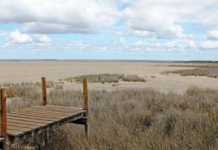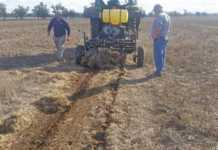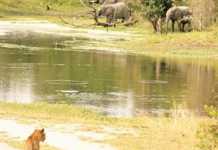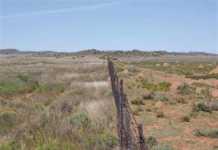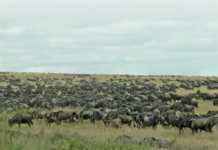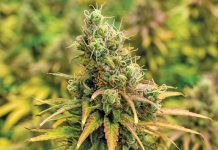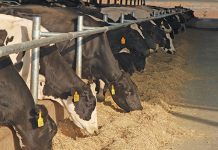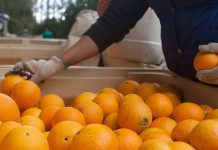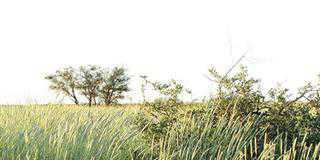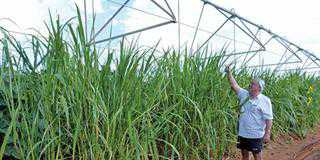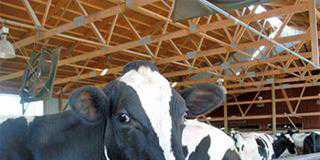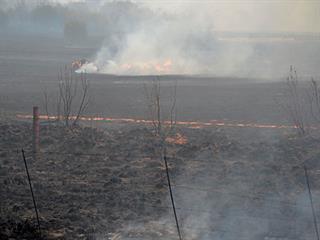
This is according to Prof Hennie Snyman, Department of Animal, Wildlife and Grassland Sciences at the University of the Free State and Dr Mias van der Westhuizen of the Free State Department of Agriculture.
The pair headed a 10-year study on the effect of planned and accidental fires on red grass veld in the central Free State, Themeda/Cymbopogon veld in the Dewetsdorp area, and the wiregrass sourveld of the south-eastern Free State.
The stress of a fire wreaks havoc on plants (right down to their roots) and topsoil alike. It’s a drastic defoliation measure that scorches the plant. A weakened root system makes a grass plant more prone to drought, while burnt veld also wilts sooner, thereby suppressing its production. A two-season rest will therefore also help damaged roots recover.
But it’s not always possible for livestock farmers to rest burnt veld for two seasons. However, veld can be managed to limit the long-term damage:
- Re-assess the farm’s grazing capacity. Reduce livestock numbers, plan the fodder flow, or lease more land.
- Sell culls and dry stock, keeping only the productive nucleus of the herd or flock. Fatten lambs, calves and old animals in a feedlot. Keep the percentage of young replacement animals to a minimum.
- Graze the camps in areas that were only partly burnt immediately to utilise any unaffected parts, but remove livestock when the burnt grasses show regrowth. Thereafter, do not use the burnt veld at all in the spring – don’t even feed livestock in these camps.
- Graze the camps that were burnt first, in the second half of December, but only at 50% of the normal stocking rate.
- After this grazing period, rest the veld for the remainder of the growing season and only graze it again in autumn and winter, two years later.
- Use an effective veld management system with enough rest to allow for full veld recovery.
Read more about what to do after a fire in the 24 October 2014 issue of Farmer’s Weekly.

